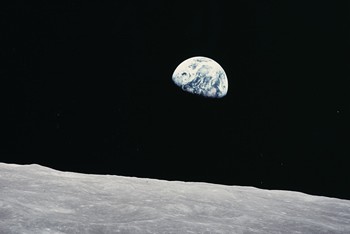michael najjar photographs the james webb space telescope
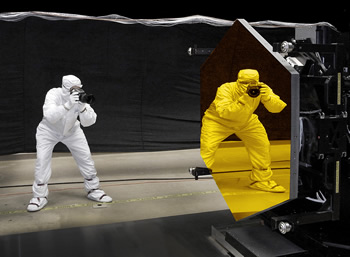
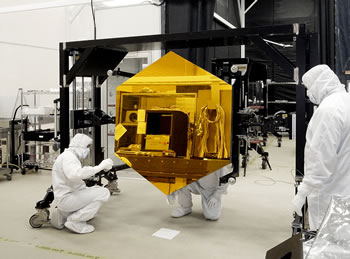
in july 2012 michael najjar has been given the rare opportunity to photograph the golden mirrors of the james webb space telescope, which will replace the famous hubble space telescope in 2018.
the telescope is a project of NASA with international collaboration from the ESA and the Canadian Space Agency, including contributions from fifteen nations. the JWST's primary scientific mission has four main components: to search for light from the first stars and galaxies that formed in the Universe after the big bang, to study the formation and evolution of galaxies, to understand the formation of stars and planetary systems and to study planetary systems and the origins of life. looking beyond our own galaxy to more distant galaxy clusters, quasars, and gamma-ray bursts, the most distant objects viewable are also the "youngest," that is, they were formed during a time period closer in time to that of the big bang. we see them today because their light has taken billions of years to reach us. because the universe is expanding, as the light travels it becomes red-shifted and these objects are therefore easier to see if viewed in the infrared. JWST's infrared capabilities are expected to let it see all the way to the very first galaxies forming after the big bang.
New artwork "netropolis | new york | 2025"
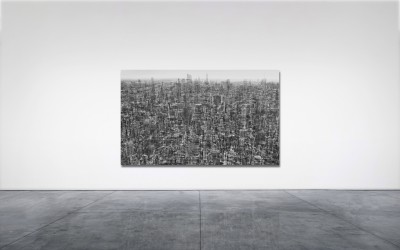
Exhibition at Fotografiska Shanghai
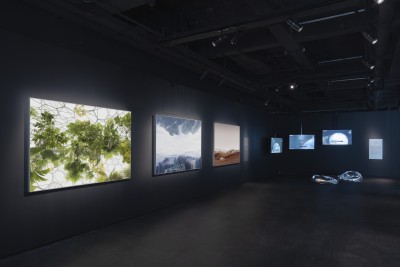
TV feature in 'Ringvaade' on ETV, Estonia
New artwork "tracking station II"
"orbital ascent" at attocube, Germany
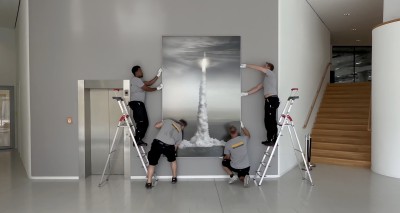
Acquisition by SpallArt Collection
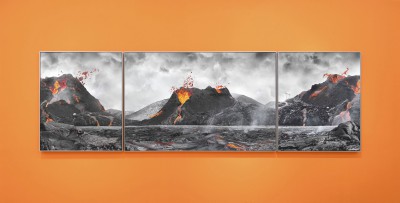
New artwork "oculus lunaris"
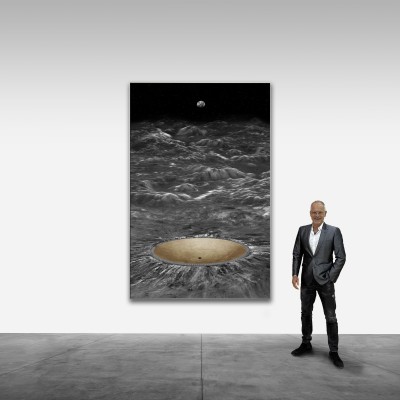
ENTER Art Fair Copenhagen
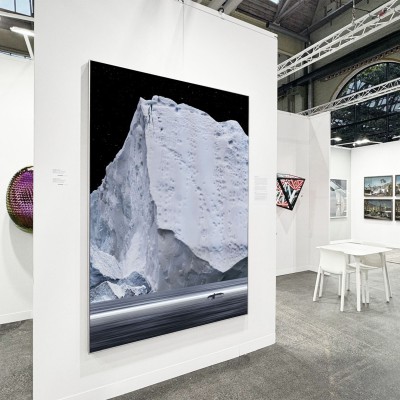
Nooderlicht Biennale. Machine Entanglements
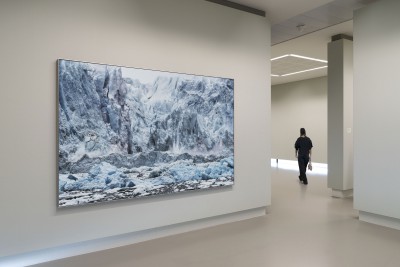
Podcast – FUTURE of SPACE out now
Shanghai Photofairs Presentation

Exhibition at BANK Gallery New York
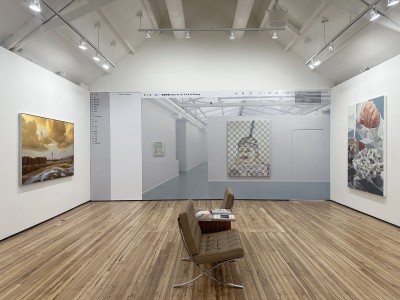
Article - The Art Newspaper

New catalogue CIVILIZATION Kunsthalle München

Exhibition opening Kunsthalle München

New artwork "fusion power II"

Exhibition at BANK New York

Greenland expedition video documentary

MARUM Bremen Core Repository

Artwork installation at SGP company, Germany

New artwork "arctic shield"

Michael Najjar nominated for Prix Pictet
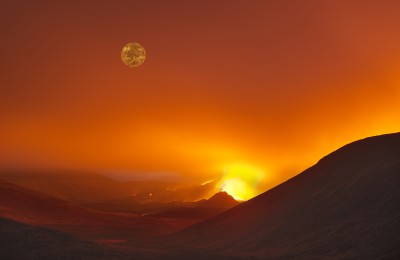
Art Basel Miami Beach
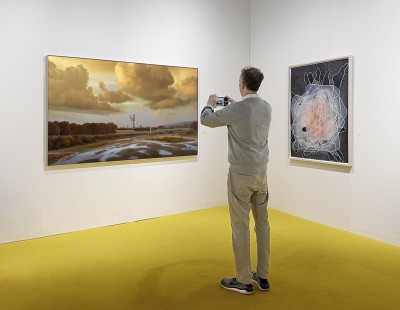
New artwork "arctic streams"

Exhibition views Fotografiska Stockholm
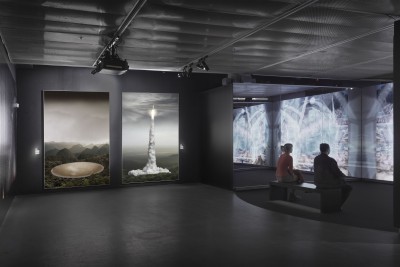
Solo presentation at Paris Photo
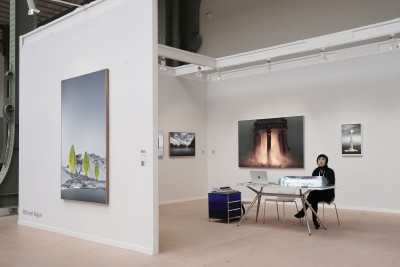
Exhibition at Fotografiska Stockholm
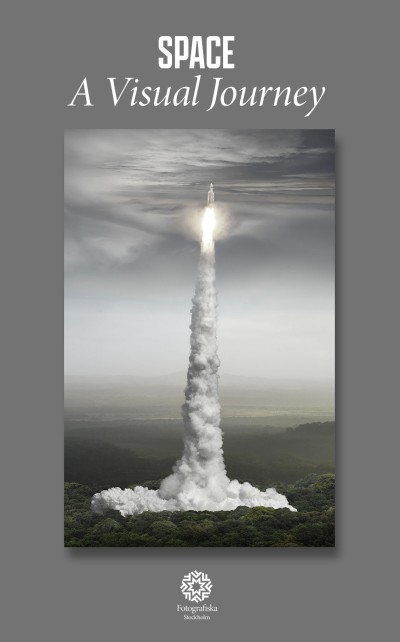
Residency at Shanghai Museum of Glass
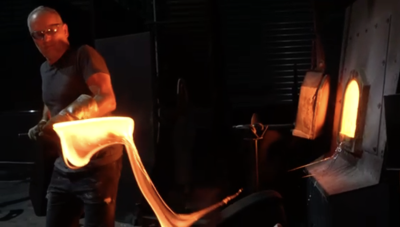
Lecture Astronomy Museum Shanghai

DEEP PURPLE - Scientific Expedition to Greenland
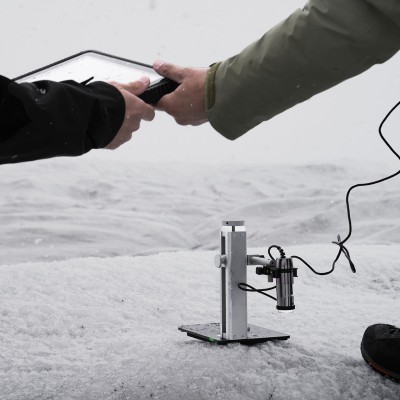
Exhibition at Kunsthalle Bahnitz

Flashback: UKE Hamburg

New artwork "netropolis | shenzhen | 2024"
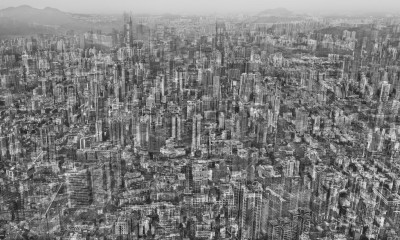
Interview with Space Ambition

New artwork "CDF-X"
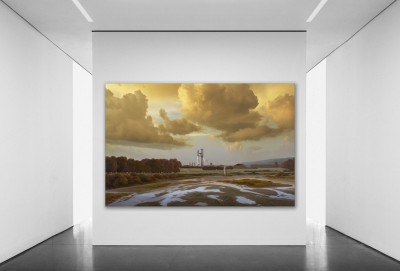
Exhibition JUT Art Museum, Taipei

New artwork "fusion power"

ARCO Madrid
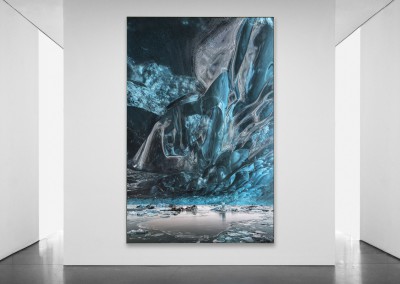
Exhibition "A Constant State of Transformation", Melbourne
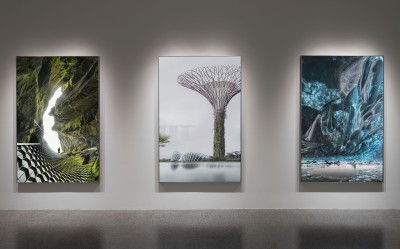
Podcast "FotoPsychoLogisch"

Symposium "Enter the Future"

Exhibition at Caixa Forum, Madrid
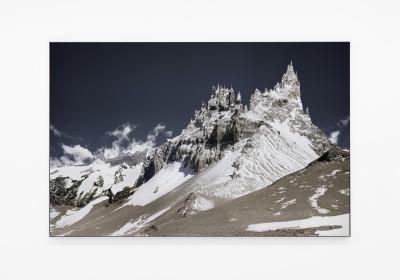
Exhibition at ArtScience Museum, Singapore
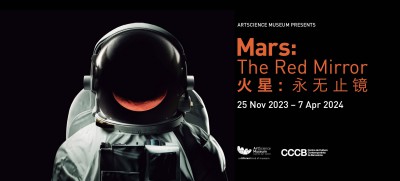
"orbital ascent" special edition

Exhibition at BANK Gallery, Shanghai
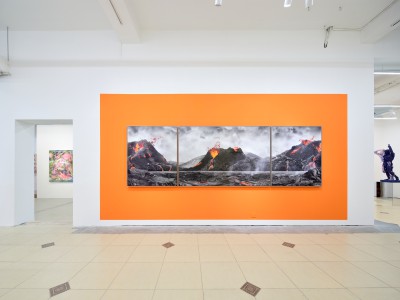
Podcast "Fotografie neu denken"

Michael shoots at ITER Fusion Ractor in France
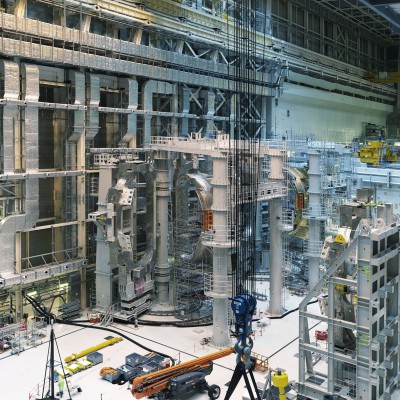
Nanjing Artfair, China

Wired UK magazine

Ars Electronica Festival - Who owns the truth?

Final test flight of Spaceship Unity
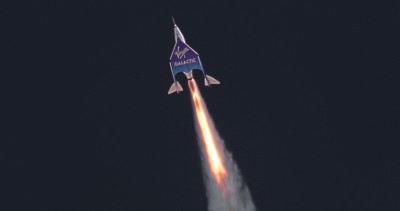
Civilization exhibition at Saatchi Gallery, London

Michael at the Starbase
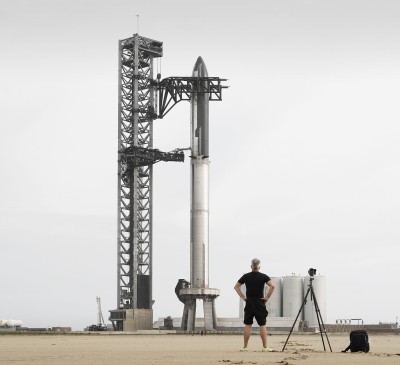
New artwork "starbase II"
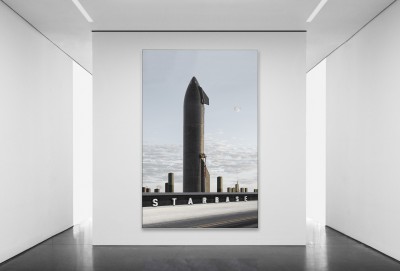
ART SG Singapore

"cool earth" exhibition at Studio la Città Gallery

Screening at COP27

Lecture at Deutsche Museum München
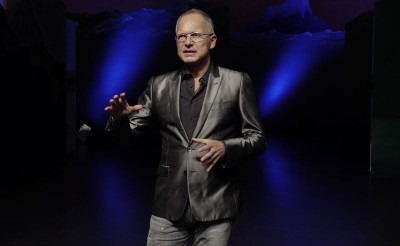
CIVILIZATION exhibition at Museo San Domenico
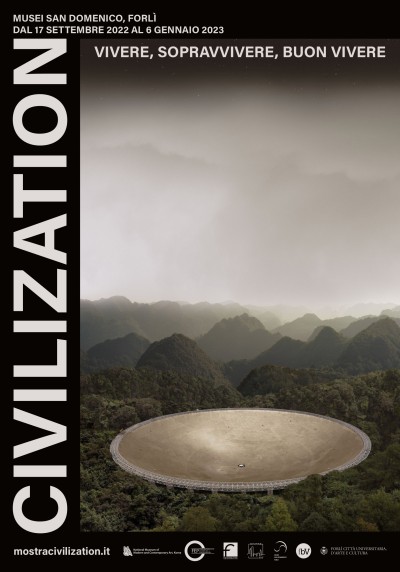
Frieze Seoul
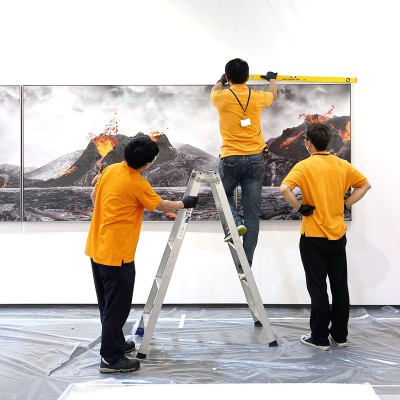
Arctic expedition
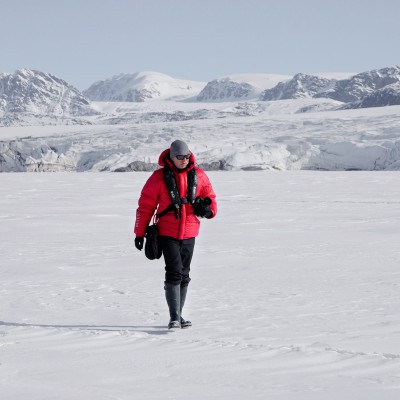
Galería Juan Silió presents "cool earth" exhibition
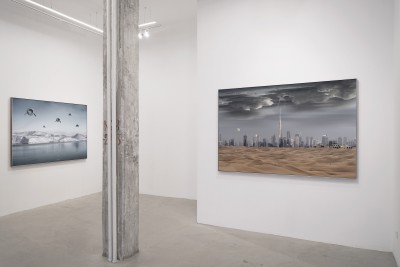
New series "cool earth"

New Artwork "starbase"
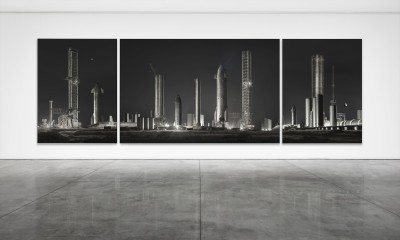
mission:space re-edited version
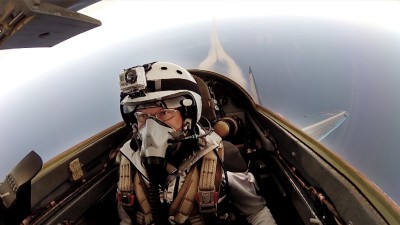
New artwork "down to earth"
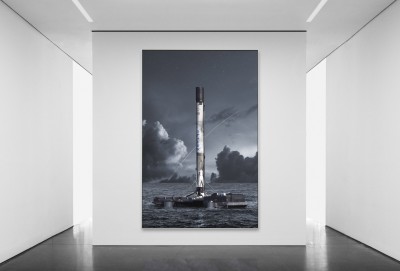
Michael visits STARBASE

New book "outer space v2"
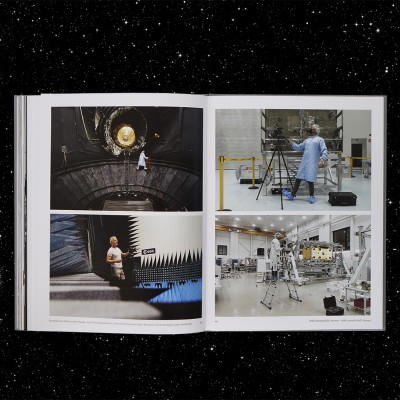
Exhibition at Kunstmuseum Wolfsburg
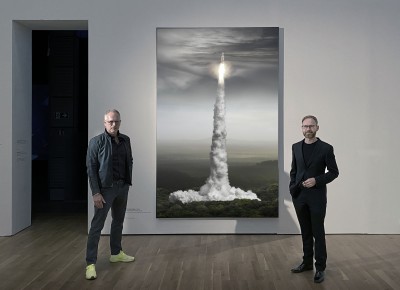
Historic Spaceflight of VSS Unity

"Overview Effect" exhibition at Museum for Contemporary Art, Belgrade
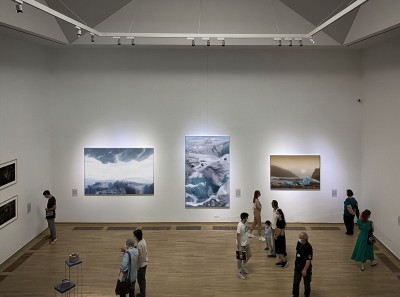
Solo Exhibition "outer space" in Beijing
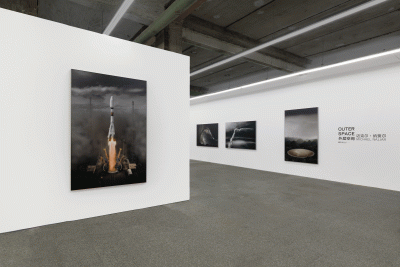
National Air and Space Museum aquires 3 artworks for permanent collection
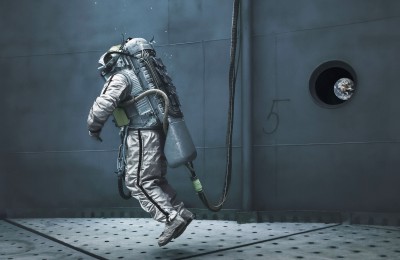
New publication "Space is the Place - Current Reflections on Art and Architecture"
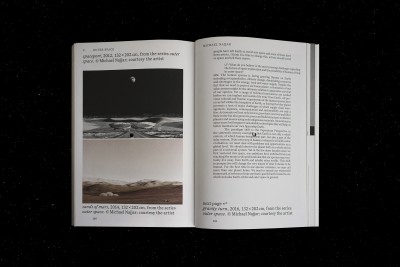
"outer space | portfolio box 2020" is now available
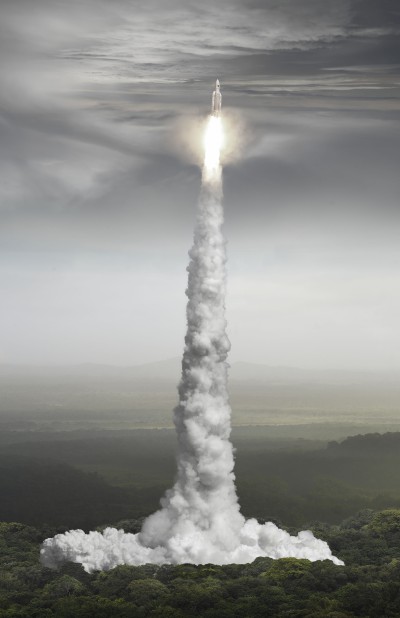
"New Classics of Mountains and Seas" Exhibition at Zhejiang Museum, China
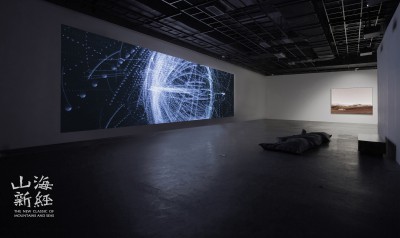
"FUTURO" exhibition at Galleri d'Italia, Vincenza

"Space Works" exhibition at Tampere Art Museum, Finland
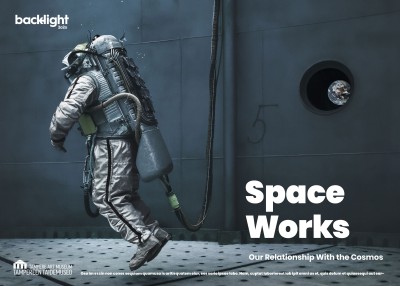
"CIVILIZATION" at Auckland Art Gallery, New Zealand
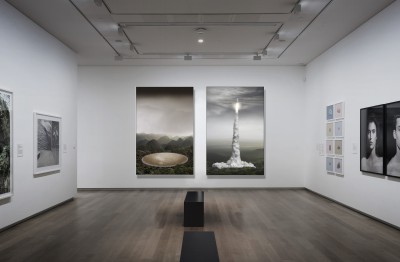
New artwork "crew dragon"
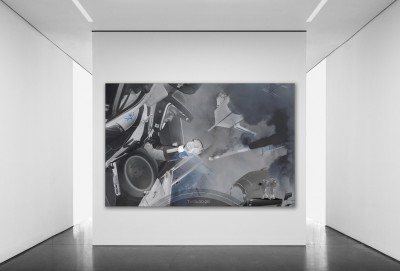
Large scale mural "lunar explorers"
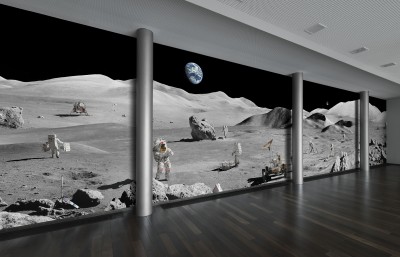
skype interview with curator Benjamin Weil

New artwork "ascension"
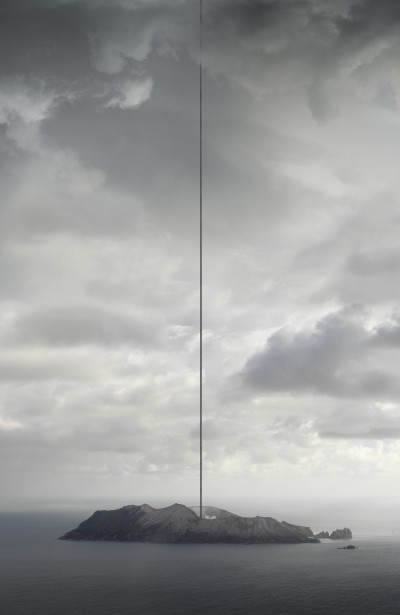
"terraforming" video on view at Studio National des Arts Contemporains

VSS Unity spaceship transferred to Spaceport America
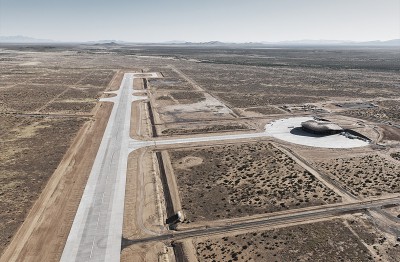
new artwork "space renaissance"
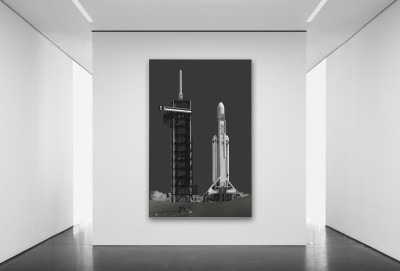
Video interview on "outer space"

"Beyond the Horizon" - exhibition at Wittenstein Innovation Factory
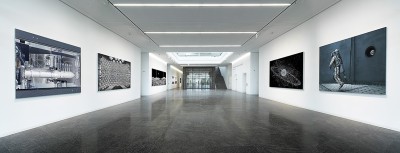
"outer space" exhibition opens in Shanghai

"terraforming" exhibition at Galería Juan Silio, Spain

New artwork "lunar explorers"
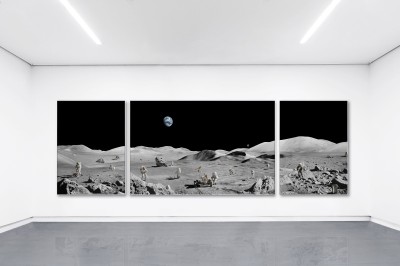
Photo shooting at CERN
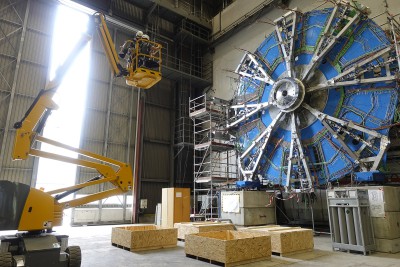
New artwork "ignition"
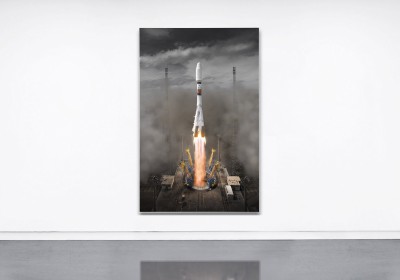
"intergalactic" exhibition at BNKR in Munich
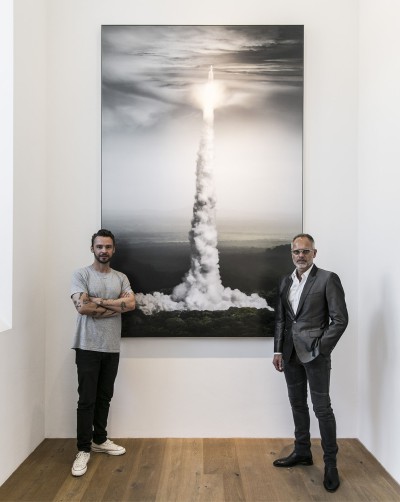
SpaceX Falcon Heavy launch
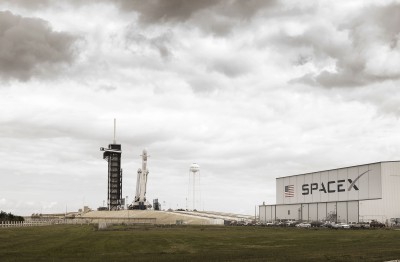
Shooting of Soyuz rocket launch in French Guiana
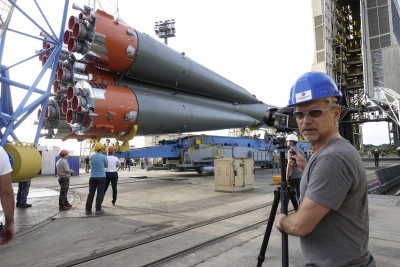
CIVILIZATION exhibition opened at the UCCA Beijing
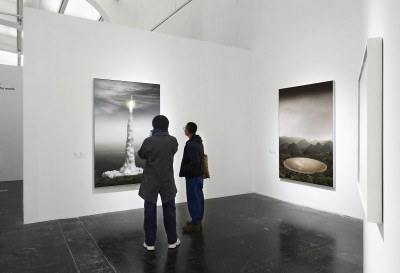
Lecture at the European Space Research and Technology Center
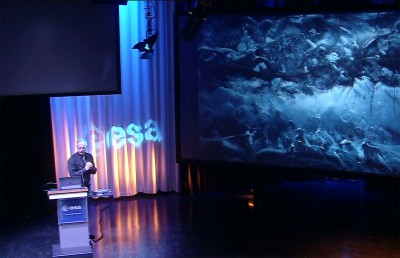
A Bright Future - New Scientist magazine publicates the artwork "synlight"
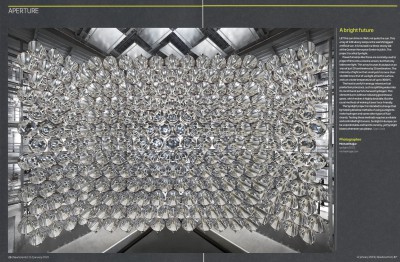
VSS Unity - Welcome to Space !
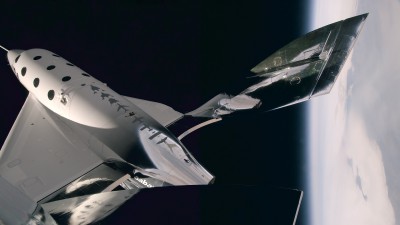
Opening of the epic landmark exhibition „CIVILIZATION“ at Museum MCA, Seoul, South Korea
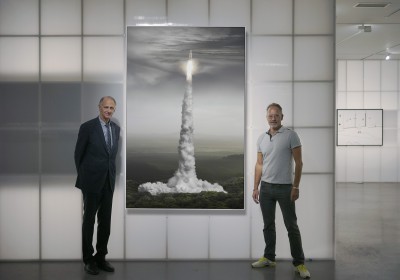
Shooting at European Space Research and Technology Centre (ESTEC)
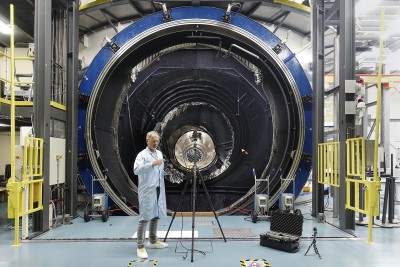
New artwork "orbital outpost"
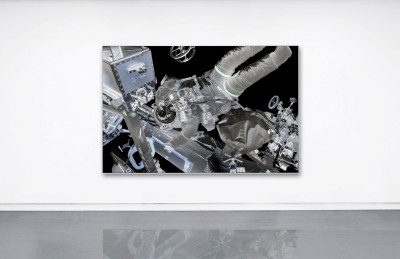
Exhibition at Bank/MABSociety Gallery in Shanghai
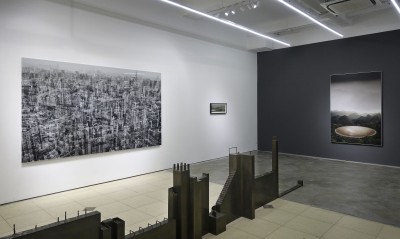
Virgin Galactic completes first rocket-powered test flight of VSS UNITY spaceship
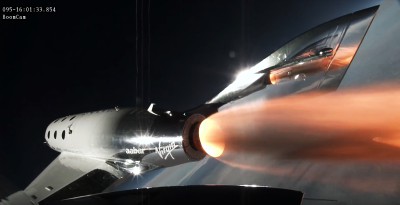
Michael takes pictures in an active volcano in New Zealand
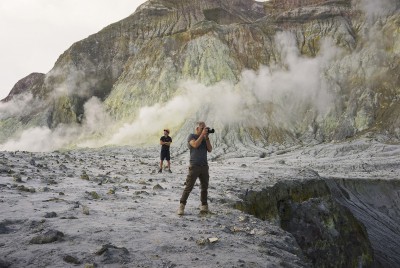
New book publication „Planetary Echoes - Exploring the Implications of Human Settlement in Outer Space

Michael portrays the world´s biggest artificial sun
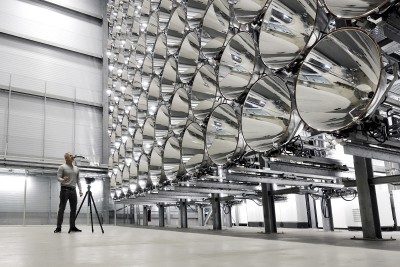
Michael participates in the exhibition “Rivoluzione Galileo. L’arte incontra la scienza”
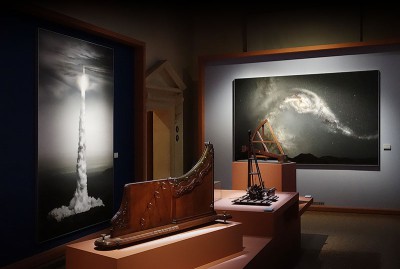
Michael took pictures of the world´s largest telescope in China

Michael´s work now on view at the 7th Moscow Biennale 2017
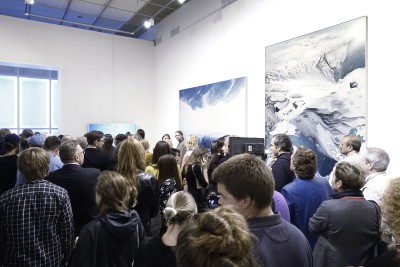
Michael participates at the 7th Moscow Biennale 2017
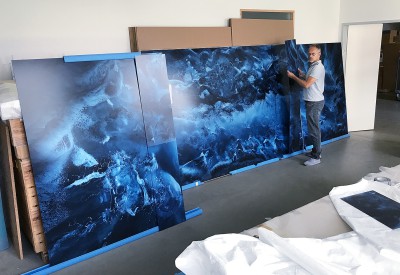
Michael Najjar signs contract for cosmonaut training at yuri gagarin cosmonaut training center
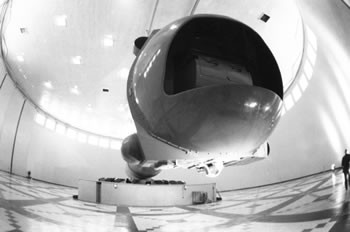
Panel discussion on occasion of the exhibition “Planetary Echoes“

Video trailer of the exhibition opening "Planetary Echoes“

Alfred Ehrhardt Foundation Berlin presents Michael´s new solo exhibition "Planetary Echoes“.

UK Business Traveller Magazine features “Space Suite“ on the cover
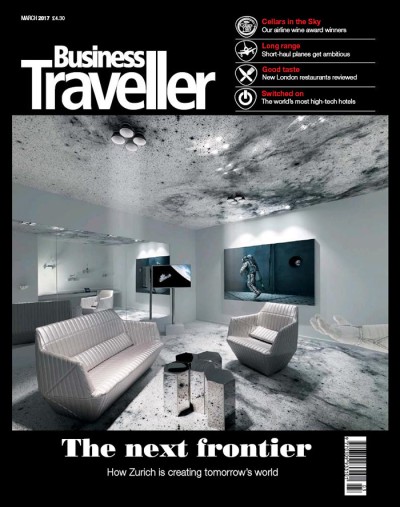
Photo- and video shooting in Iceland

Michael portrays future Mars robot „Valkyrie“ at Edinburgh Centre for Robotics

Michael takes pictures of Arianespace VA233 milestone mission

Michael Najjar is one of the few Hasselblad Ambassadors worldwide.

Exhibition at Reggio Emilia / Palazzo da Mosta

Michael visits the new SpaceShipTwo at SpaceShipCompany in the Mojave desert.
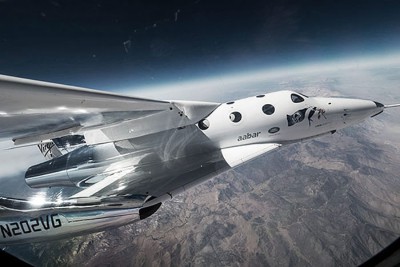
„Space Suite“ shortlisted for European Hotel Award

Michael Najjar photographs the Vulcain 2 rocket engine in France

“space garden“ at museum Marta Herford

„outer space“ exhibition opens in New York

VA229 Mission successful launched into space

Virgin Galactic unveils new spaceship 16 months after fatal crash

Michael has arrived at Guiana Space Center

Michael inaugurates solo exhibition „outer space“ at Kunstverein Oldenburg, Germany

Exo-Evolution Exhibition at ZKM Museum, Karlsruhe

Michael took pictures at :envihab - Future Research Center for Space and Earth

Michael opens the world´s first Space Suite in Zurich

Studio La Città presents Michael´s solo show "outer space“

Michael completed basic suborbital space training program at NASTAR

Michael Najjar – one of the first test persons to perform jump and vibration training on the next generation DLR centrifuge

Solo exhibition at Museo Es Baluard, Palma, Spain

WIRED MAGAZINE features a large online article by Alyssa Coppelman on Michael Najjar´s "outer space" series.

Exhibition at Galería Juan Silió, Santander, Spain

New artwork related to the SpaceshipTwo Crash

New artwork "oscillating universe“

Article in The Wall Street Journal

MISSION:SPACE - Documentary Film Preview

Michael Najjar exhibits at Peter Kilchmann Gallery, Zurich

Michael participates at Kochi-Muziris Biennale, India

"Michael Najjar - outer space book published - Introduction essay by Buzz Aldrin

SpaceshipTwo crashes during testflight

"outer space" presented in Parabol Art Magazine Curated issue by Peter Weibel (Director ZKM)

Michael photographs the Eden Project

HALO Jump - video documentation

Michael´s work featured in ELEFANT Art Magazine

Michael is the first artist ever to perform a HALO Jump from an altitude of 10,000 m / 32,800 ft
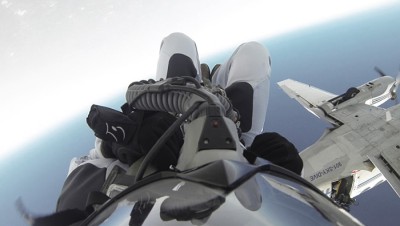
Michael took pictures at Baikonur Cosmodrome, Kazakhstan

DISTANZ to publish Michael Najjar's "outer space"

First presentation of "outer space" in Berlin

German TV Arts Programm "titel thesen temperamente" shows a portrait of Michael Najjar
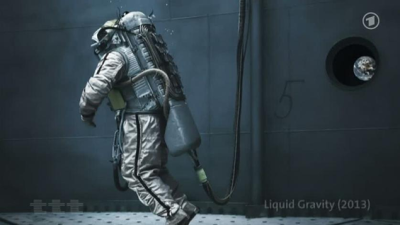
Article + interview in "uncube" magazine

Article in Süddeutsche Zeitung Magazin

Arte TV features Michael´s working at ALMA

Article in Greenpeace Magazine, Germany

Michael has done a photoshooting at the Atacama desert

Michael returns to Star City for Cosmonaut Training

Michael photographs at JPL cleanroom

Michael visits Mojave Air and Space Port

michael takes a dose of centrifugal training

michael takes a dose of centrifugal training

"spacewalk" - first video work from the series
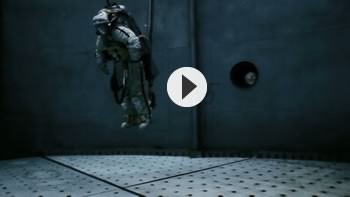
michael najjar starts collaboration with hasselblad

michael najjar completes first phase of cosmonaut training

michael najjar photographs "short arm centrifuge (sahc)" at the german aerospace center.

michael at tedXkiruna conference, sweden

norman foster views the new work
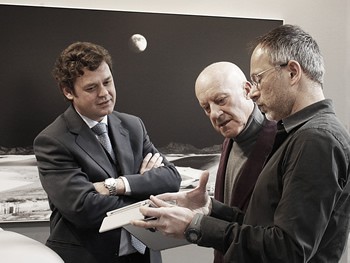
article on wallpaper magazine

first work from the new series

"first artist in space" - interview on artnet

michael najjar meets richard branson

historic final mission
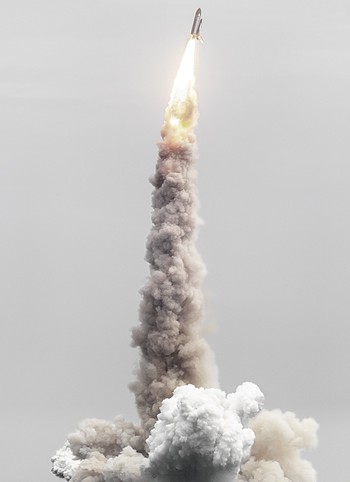
new series "outer space"
